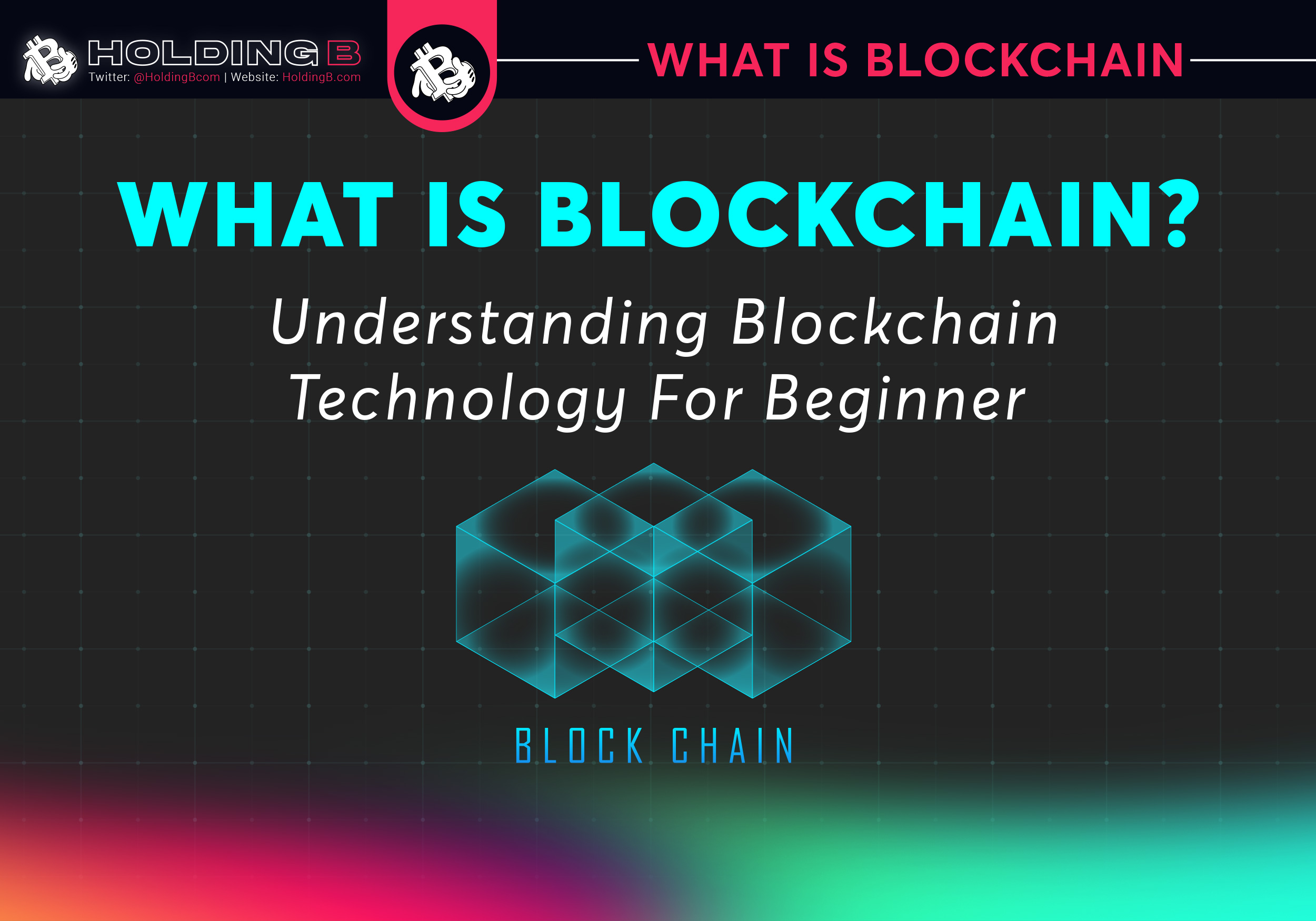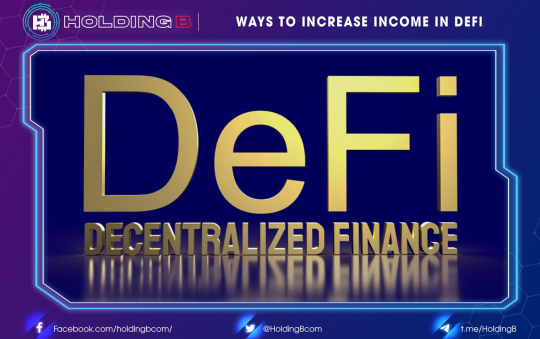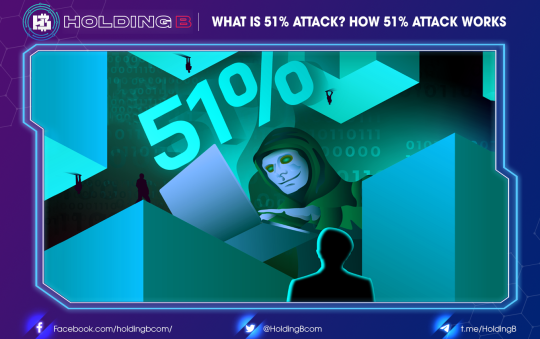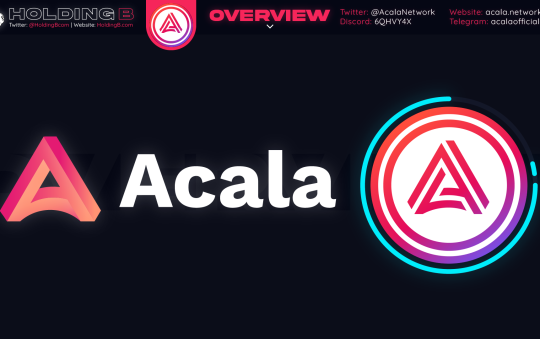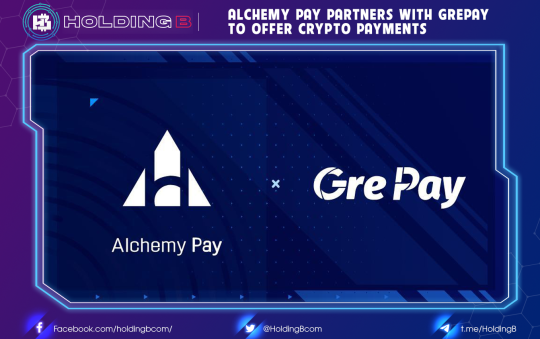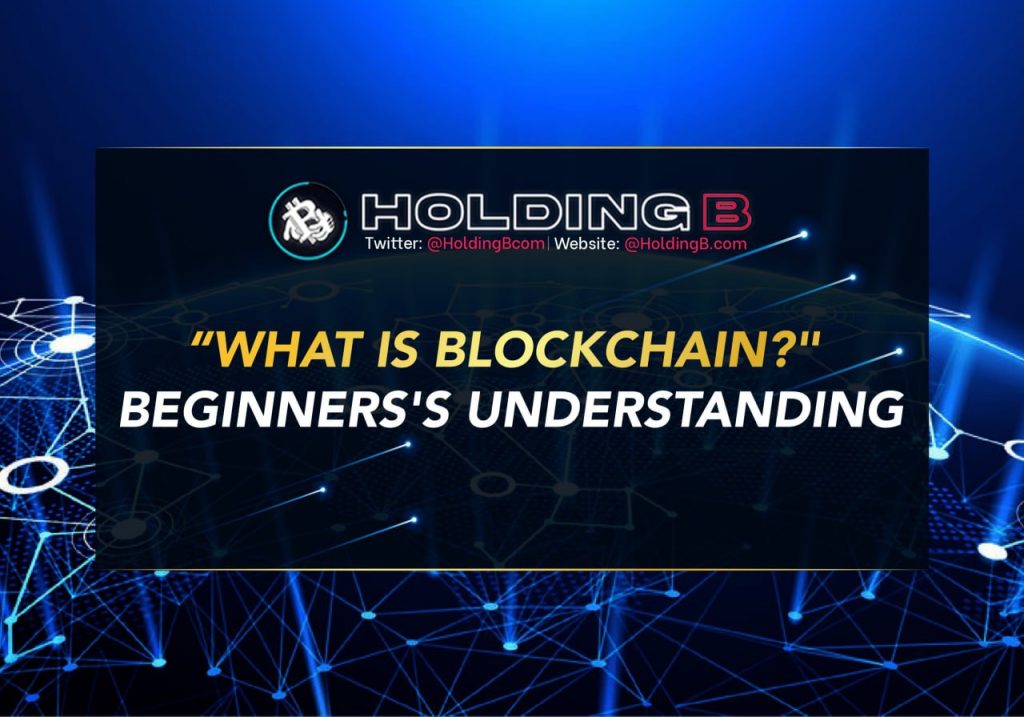
Let team HoldingB help you to know about Blockchain technology: history of formation, properties, how it works, Blockchain applications,…
What is Blockchain?
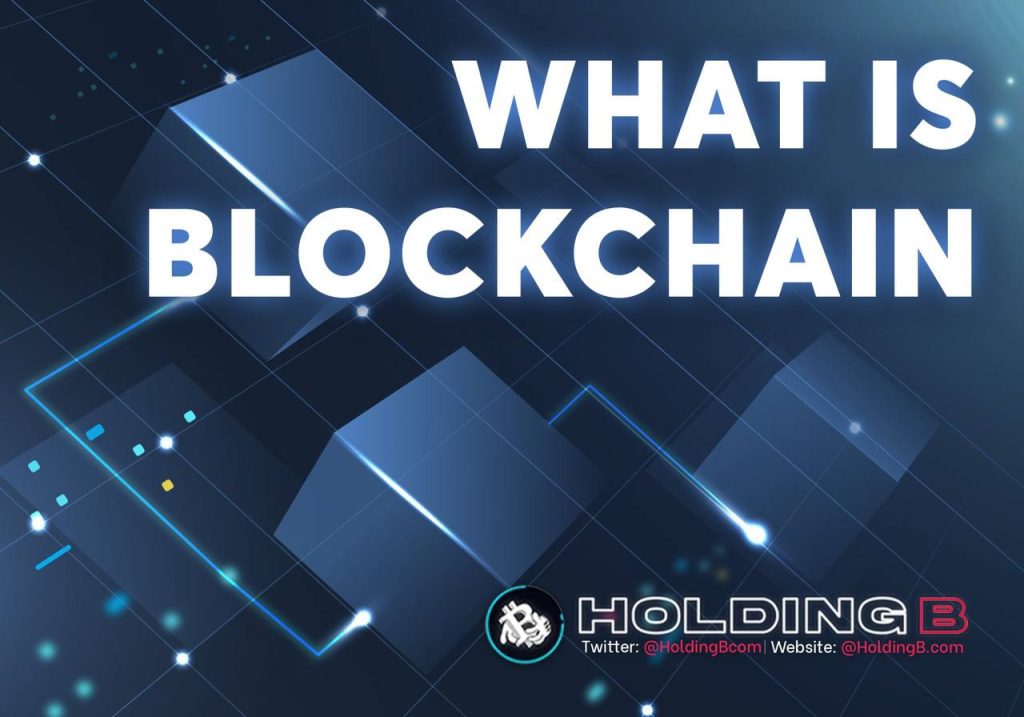
Blockchain is a decentralized database that stores information in blocks that are linked together by encryption and expanded over time to form a chain. Each block in the Blockchain will be linked to the previous block, containing information about the time the block was created along with a timecode and transaction data.
Understanding easily, Blockchain can be seen as an electronic ledger distributed on many different computers, storing all transaction information and ensuring that information cannot be changed in any way.
All information stored on that ledger will be verified by a series of computers connected to a common network. No machine will be able to change, overwrite or delete the data in that ledger.
Who Created Blockchain?
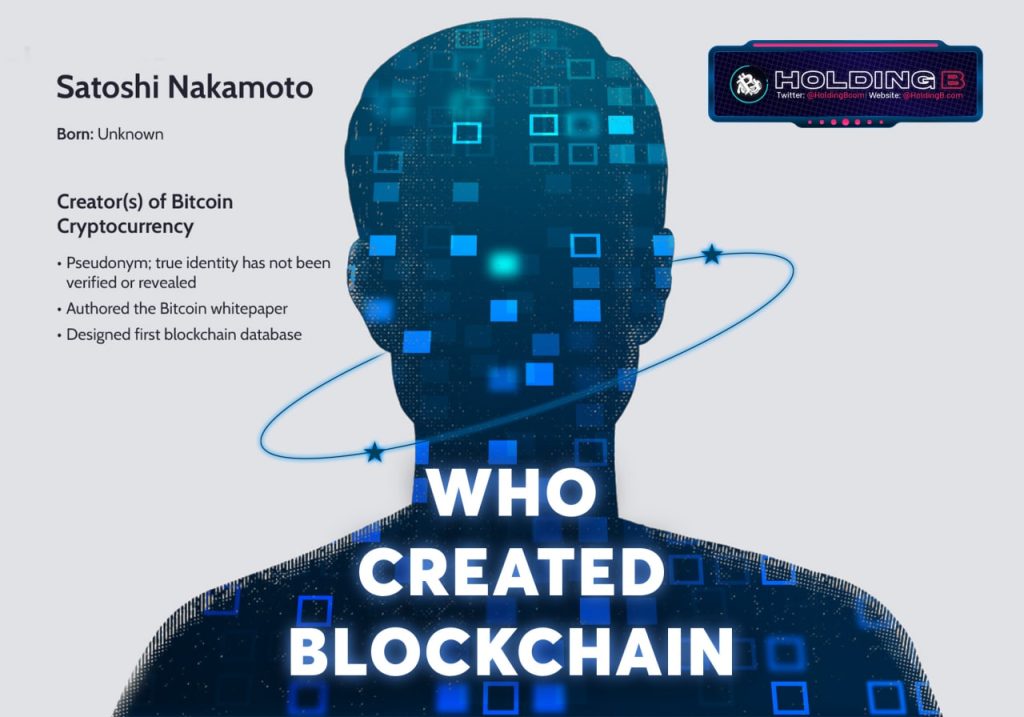
Blockchain was created by Satoshi Nakamoto in 2008.
Blockchain has the potential to grow to be a bedrock of the worldwide record-keeping systems, but was launched just 10 years ago. It was created by the unknown persons behind the online cash currency bitcoin, under the pseudonym of Satoshi Nakamoto.
A year later, Blockchain was realized as a core part of Bitcoin, marking the birth of Blockchain technology and the world’s first cryptocurrency, and laying the foundation for the development of the crypto market.
SIX Properties of Blockchain technology
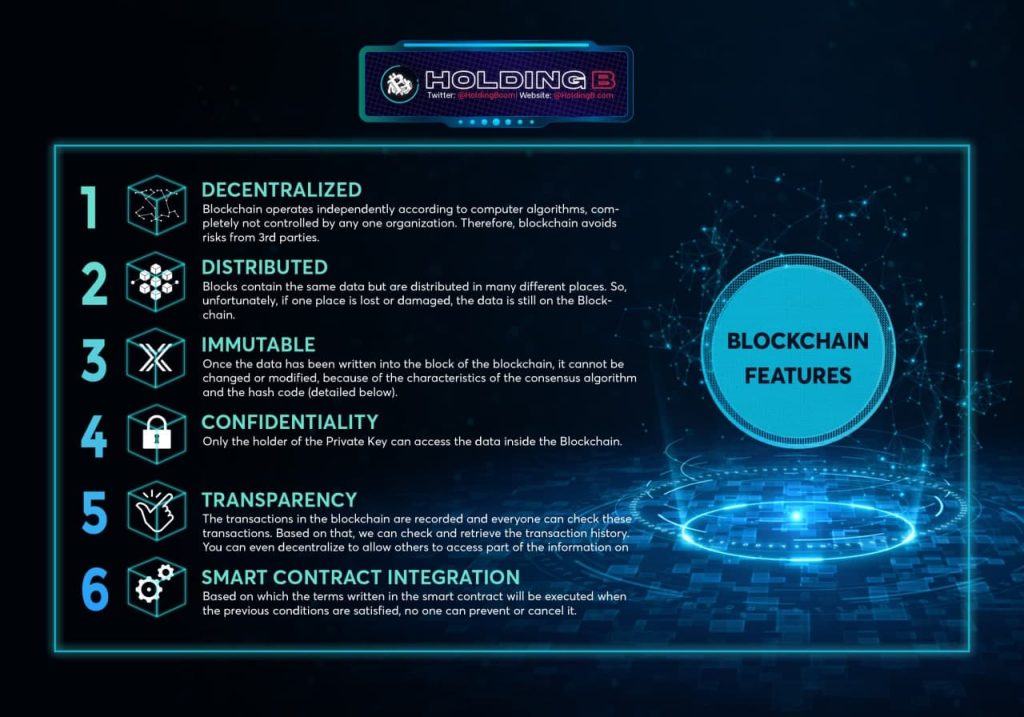
Blockchain mechanism of action
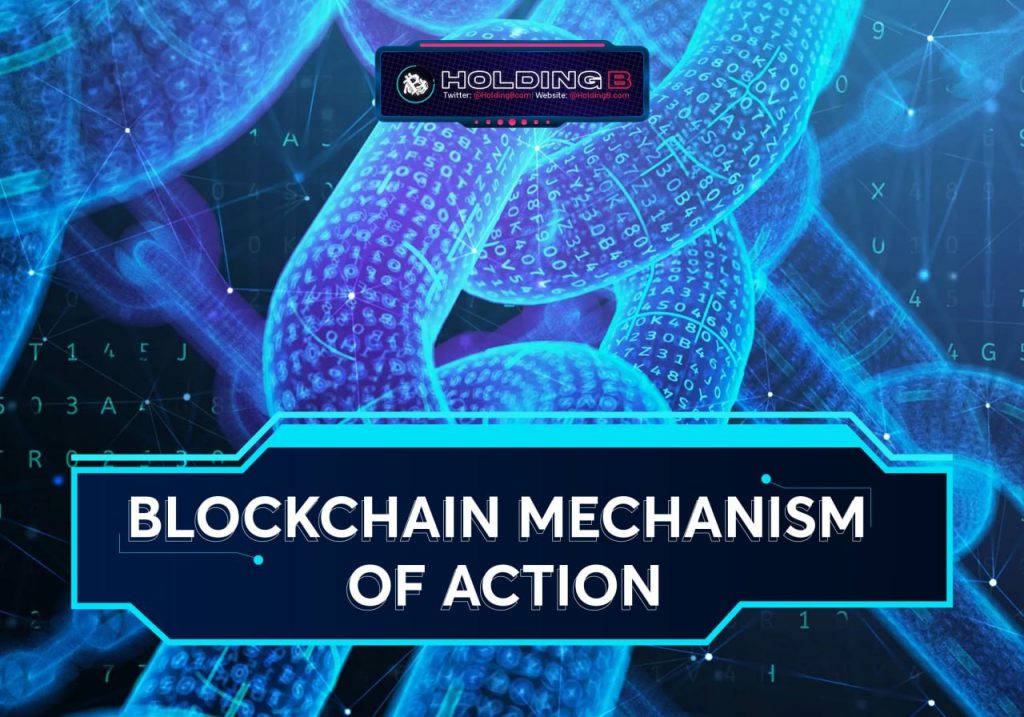
Structure of a Blockchain
Its structure consists of many blocks.
These blocks link to each other, the following block links to the previous block to form a chain.
⇒ Blockchain
How Blockchain Technology Works
First, your transaction information will be recorded on the system to create a record.
Then, your records are validated as valid by the computers in the system (called nodes or nodes) according to the consensus algorithm on the Blockchain.
For example:
The record shows you sell 3 Bitcoins ⇒ The fraternal verification system has 3 bitcoins in the wallet ⇒ Then the record goes into effect.
If you only have 1 Bitcoin ⇒ The system determines that your wallet does not have enough Bitcoins to make the transaction ⇒ Then the record is invalid.
Next, your valuable authenticated record, along with a series of verified records from other traders, will be grouped into a block.
Finally, the newly created block will be added to the chain by connecting the Previous Hash of the block to be added with the hash of the previous block and form a Blockchain.
Because there is no block before the first block, so Hashcode is string zero. And it is called the primordial block or Genesis Block.
Structure of each Block
Each block consists of 3 components: Data, Hash and Hash of the previous block.
- Data: Your verified data records are protected by an encryption algorithm depending on the blockchain.
- Hash: Hash of Block. This is a sequence of characters and numbers that are randomly generated and are not identical. It specifically represents that block and is encrypted using a cryptographic algorithm. The hash is used to detect changes in blocks.
- Previous Hash: The hash of the previous block. It is used to let adjacent blocks know which block is first, which block is next, and connect to each other.
What is Blockchain Algorithm?
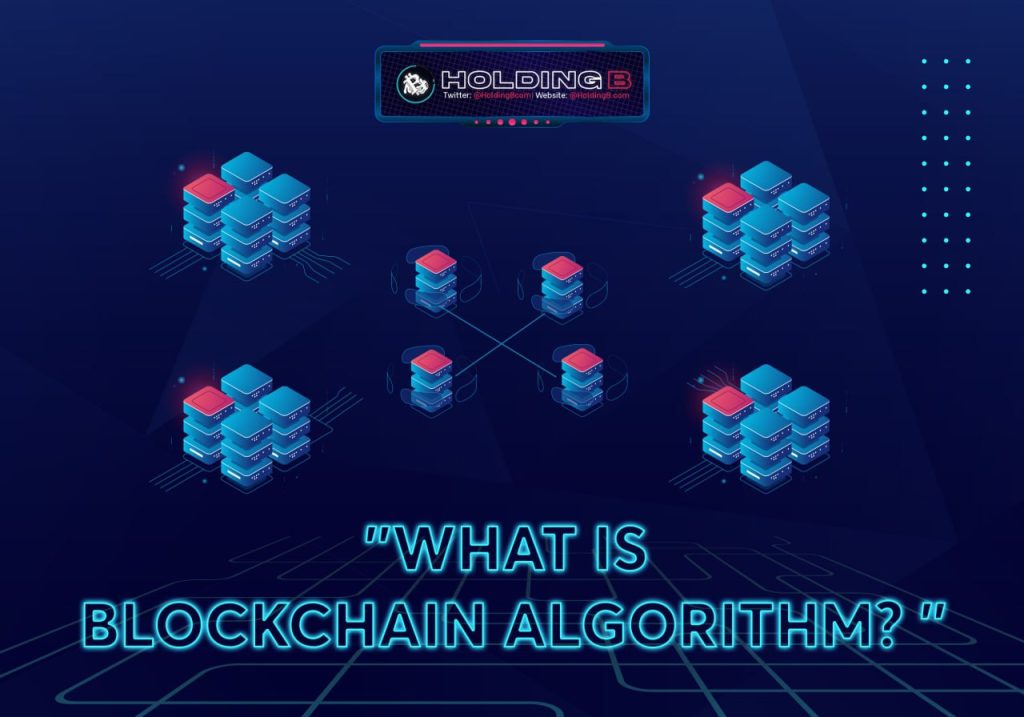
Definition
Blockchain consensus algorithm is the agreement to verify that the information in the record is correct by the majority of nodes in the network and allows transaction information to be recorded in the Blockchain.
If there is a change of a block in the network. This data is compared with the data of other blocks. If there is a difference, it will not allow that data to be written inside the Blockchain. That’s how Blockchain is designed to resist data change.
Example: The case if there is a change on 1 block. Here, I assume a hacker attacks and changes information on block A. At that time:
- The hash of block A is changed.
- The system will compare that hash with the previous block hash and detect the difference.
- Thus, the hacker has to change the hash of the block before A. The system again detects the error in block A-1. The hacker must keep changing the hash of block A-2.
- So to change the transaction, the hacker has to change all the blocks because of the consensus mechanism.
Popular Blockchain Algorithms
Proof of Work (PoW)
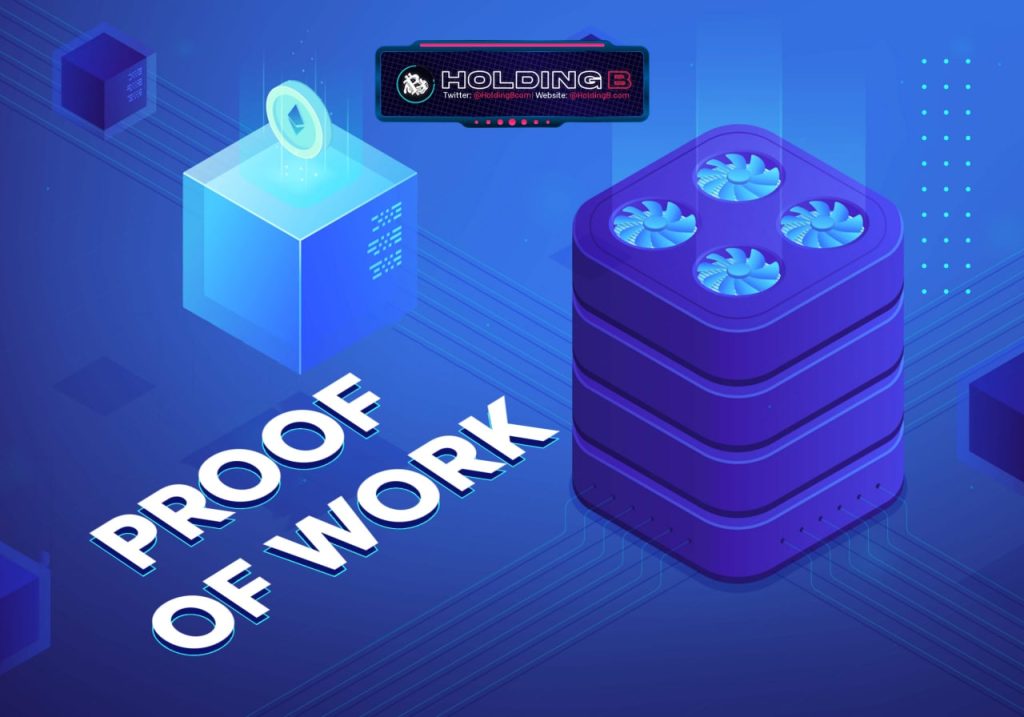
This consensus algorithm is used to select a miner for the next block generation. Bitcoin uses this PoW consensus algorithm. The central idea behind this algorithm is to solve a complex mathematical puzzle and easily give out a solution. This mathematical puzzle requires a lot of computational power and thus, the node who solves the puzzle as soon as possible gets to mine the next block.
Proof of Stake (PoS)
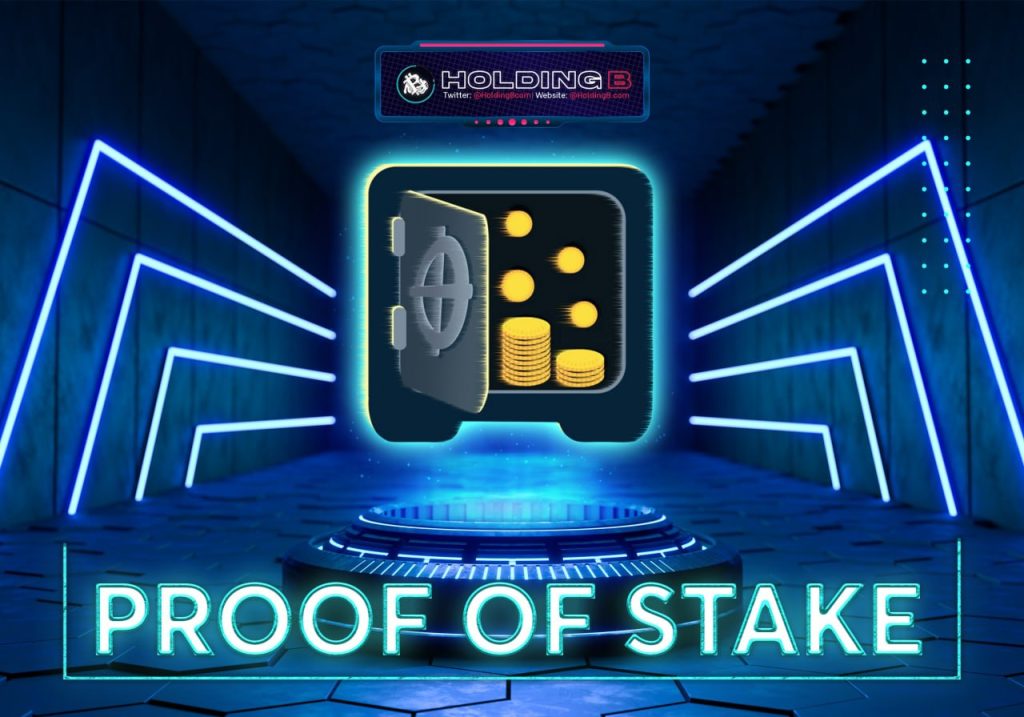
This is the most common alternative to PoW. Ethereum has shifted from PoW to PoS consensus. In this type of consensus algorithm, instead of investing in expensive hardware to solve a complex puzzle, validators invest in the coins of the system by locking up some of their coins as stake. After that, all the validators will start validating the blocks. Validators will validate blocks by placing a bet on it if they discover a block which they think can be added to the chain. Based on the actual blocks added in the Blockchain, all the validators get a reward proportionate to their bets and their stake increase accordingly. In the end, a validator is chosen to generate a new block based on their economic stake in the network. Thus, PoS encourages validators through an incentive mechanism to reach to an agreement.
Delegated Proof of Stake (DPoS)
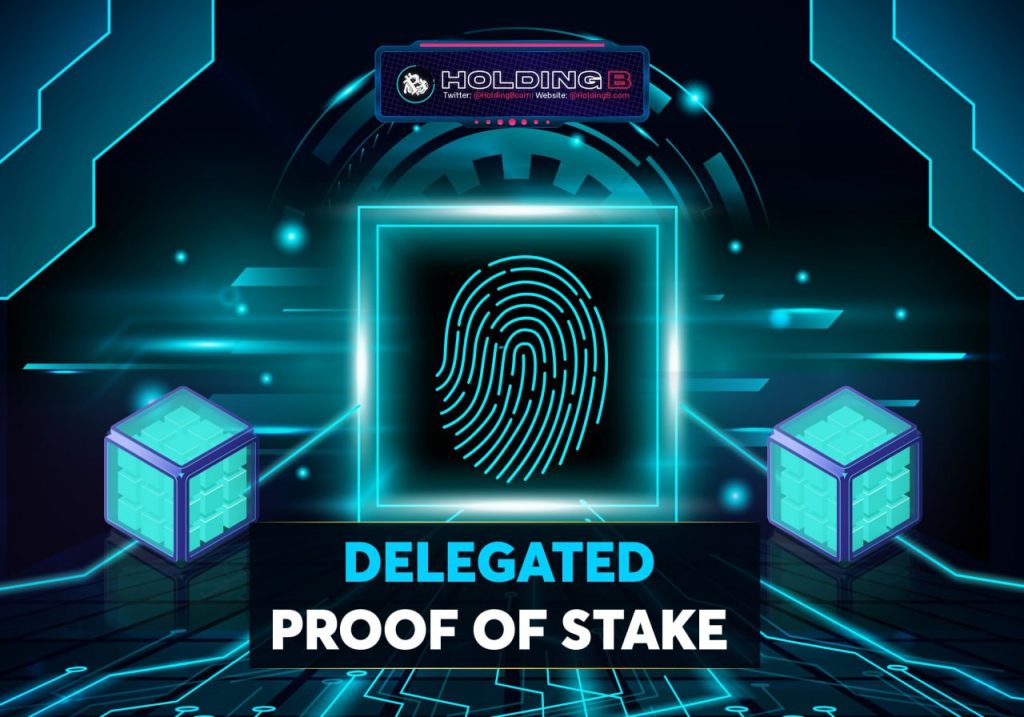
- Delegated Proof of Stake is the delegated proof of stake. Instead of staking to validate transactions like PoS, token holders vote for a select group to perform the role of validating transactions
- DPoS helps to ensure honesty and fairness by implementing continuous voting activities and also continuously shuffling in the system, to ensure that the people selected are honest and accountable
- Some projects using this mechanism are: Bitshares (BTS), EOS (EOS), LISK (LSK), ICON (ICX), Cybermiles (CMT),…
Byzantine Fault Tolerance (BFT)
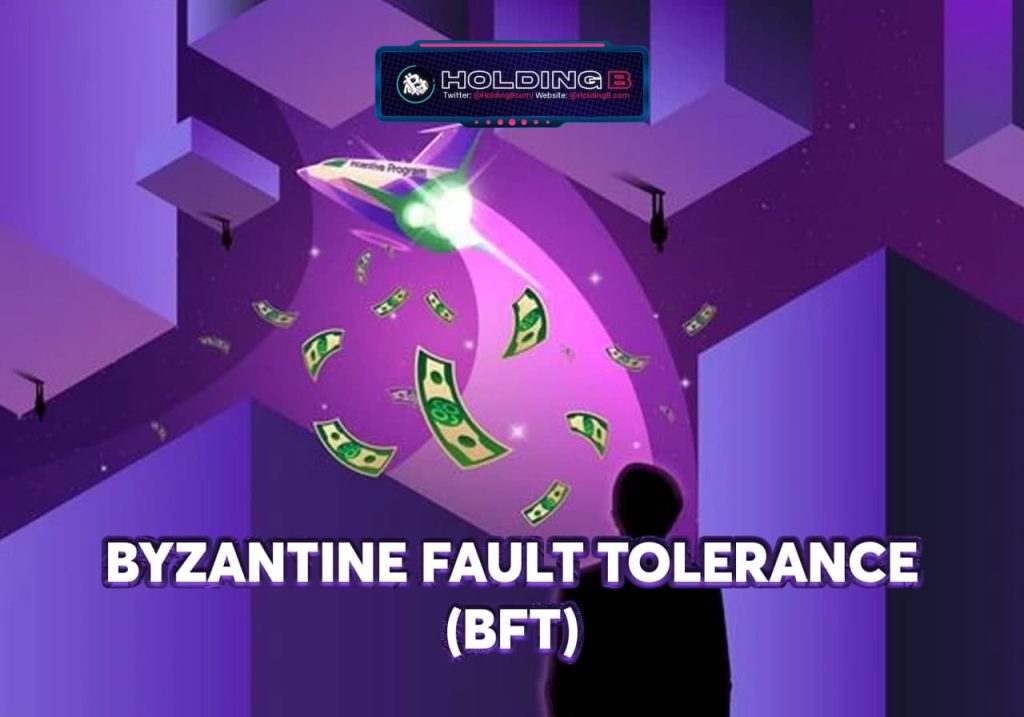
- Byzantine Fault Tolerance is an anti-fraud consensus algorithm on the Blockchain. This algorithm allows verifiers to manage each state of a chain, while also sharing messages with another chain, for accurate transaction records and assurance of fidelity
- Some projects using the BFT algorithm are: NEO (NEO), Ripple (XPR), Stellar (XLM),…
Proof of Authority (PoA)

- Proof of Authority is a consensus algorithm based on reputation. Block validators will not be based on the amount of coins they hold, but will be based on their own reputation. Therefore, PoA blockchains are secured by arbitrarily chosen validators as trusted entities
- Some typical projects using the BFT algorithm are: MakerDAO (xDAI), ZINC (ZINC),…
Proof of Weight (PoWeight)

- Proof of Weight is a base consensus algorithm that follows the Algorand consensus algorithm
- Its idea is similar to PoS, which is also based on the number of tokens held in the network, which will be equivalent to the percentage of probability of creating the next block, the calculation mechanism of the PoWeight system with some other values used
- Some typical projects using the PoWeight algorithm are: Algorand (ALGO), Filecoin (FIL),…
Proof of History (PoH)
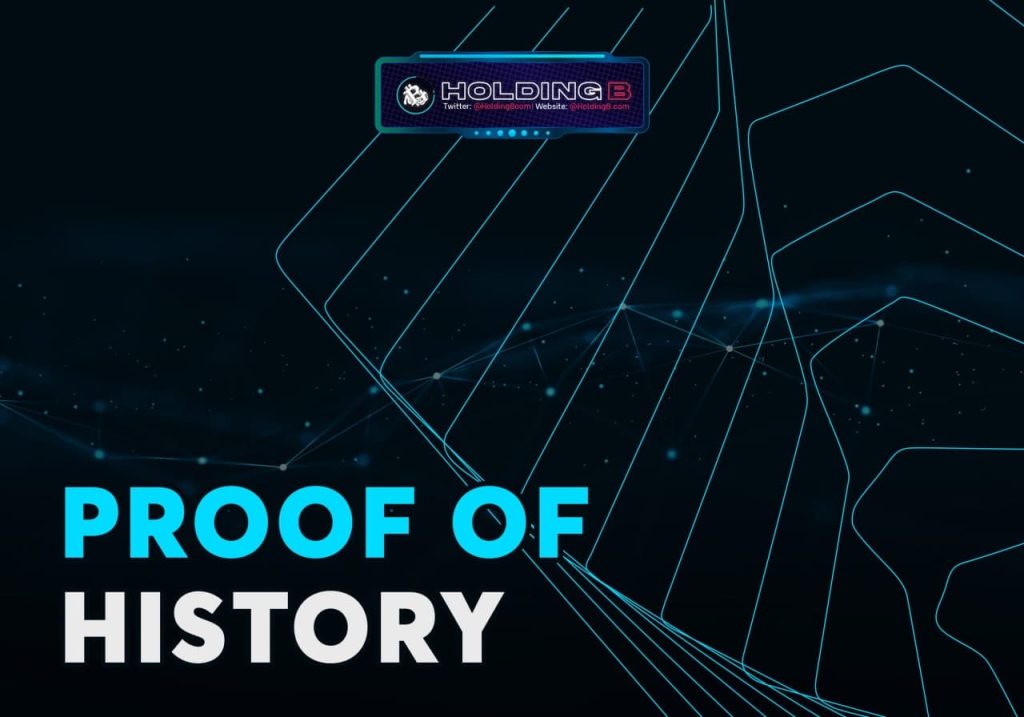
- Proof of History is a consensus algorithm that verifies the order and timing between transactions. This mechanism is built to solve the problem of timing in decentralized networks where the same timeline is not available
- Typical projects using the PoH algorithm are Solana (SOL),…
Proof of Reputation (PoR)
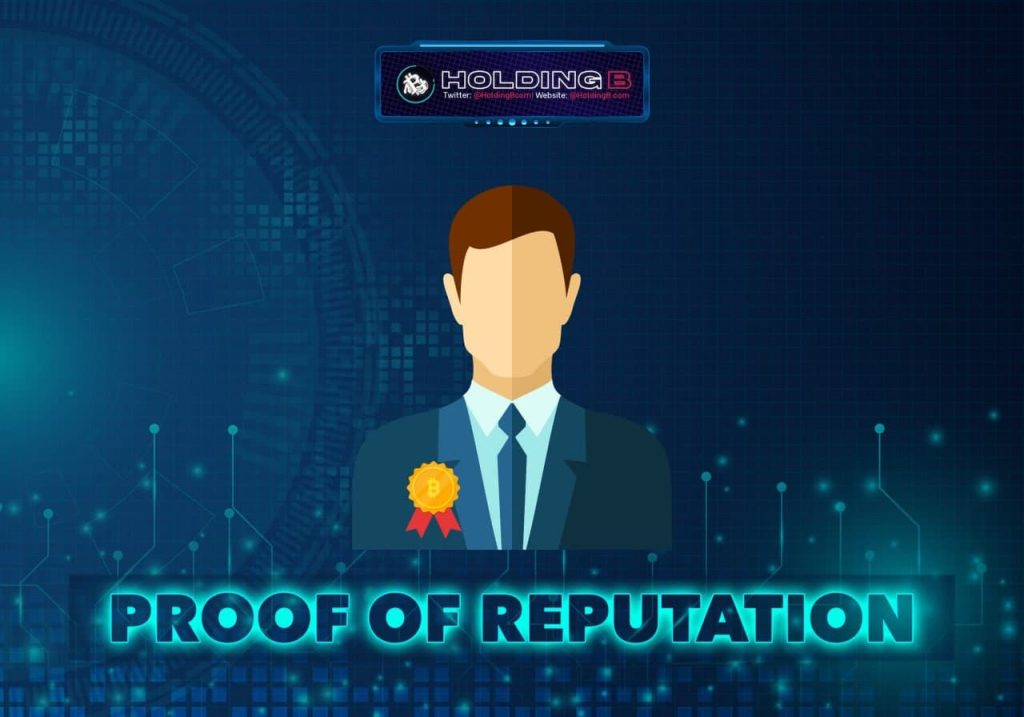
- Proof of Reputation is a consensus mechanism that relies on the reputation of the participating parties to keep the network secure. A party participating in validating the block must be reputable enough, so that if they intentionally cheat, their reputation will be affected
- This is a relatively abstract concept because most companies participating in the system if cheating will affect their reputation, large companies will suffer more
- Some typical projects using the PoR algorithm are: GoChain Coin (GO),…
Proof of Burn (PoB)
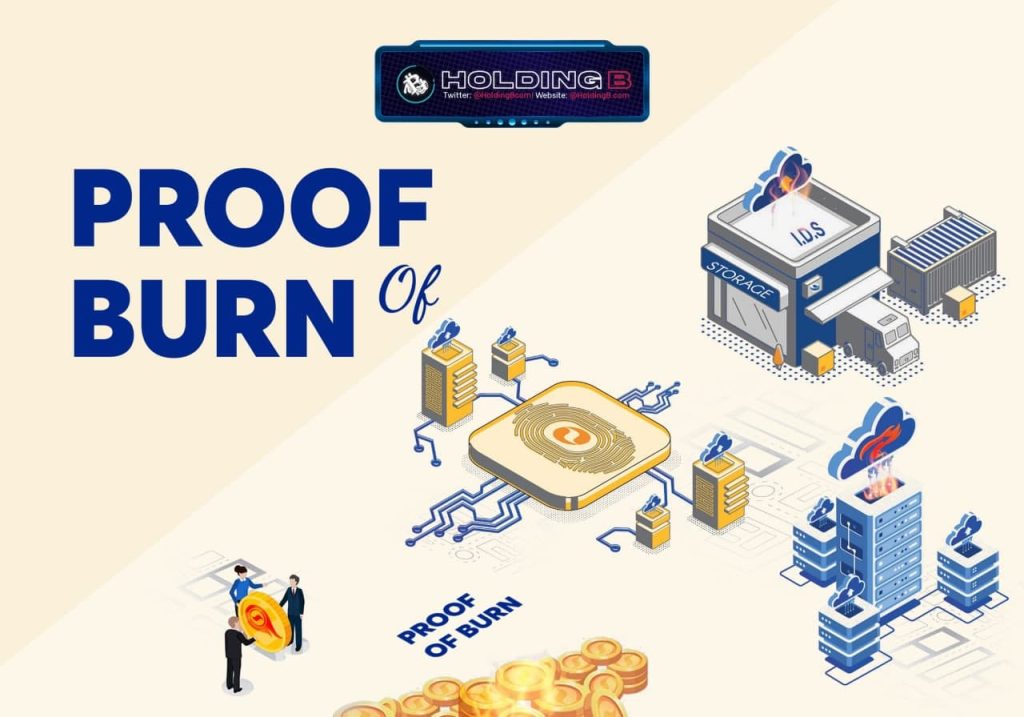
- With PoB, instead of investing into expensive hardware equipment, validators ‘burn’ coins by sending them to an address from where they are irretrievable. By committing the coins to an unreachable address, validators earn a privilege to mine on the system based on a random selection process. Thus, burning coins here means that validators have a long-term commitment in exchange for their short-term loss
- Depending on how the PoB is implemented, miners may burn the native currency of the Blockchain application or the currency of an alternative chain, such as bitcoin. The more coins they burn, the better are their chances of being selected to mine the next block
- While PoB is an interesting alternative to PoW, the protocol still wastes resources needlessly. And it is also questioned that mining power simply goes to those who are willing to burn more money
Proof of Capacity (PoC)
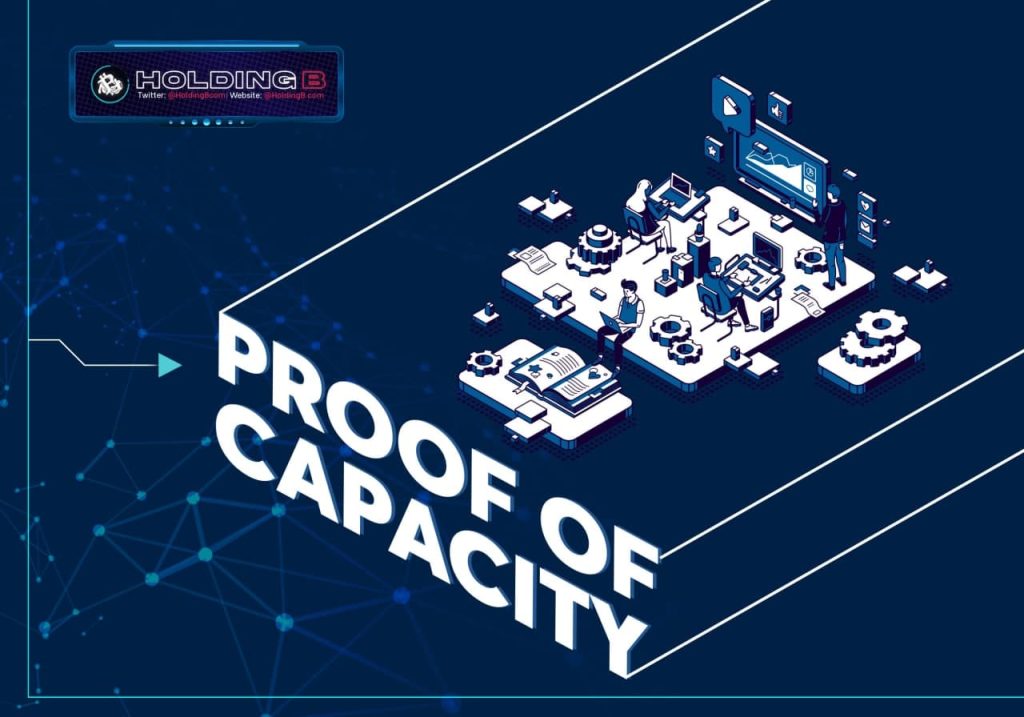
- In the Proof of Capacity consensus, validators are supposed to invest their hard drive space instead of investing in expensive hardware or burning coins. The more hard drive space validators have, the better are their chances of getting selected for mining the next block and earning the block reward.
Proof of Elapsed Time (poET)

- PoET is one of the fairest consensus algorithms which chooses the next block using fair means only. It is widely used in permissionned Blockchain networks. In this algorithm, every validator on the network gets a fair chance to create their own block. All the nodes do so by waiting for random amount of time, adding a proof of their wait in the block. The created blocks are broadcasted to the network for others consideration. The winner is the validator which has least timer value in the proof part. The block from the winning validator node gets appended to the Blockchain. There are additional checks in the algorithm to stop nodes from always winning the election, stop nodes from generating a lowest timer value.
Blockchain application in practice
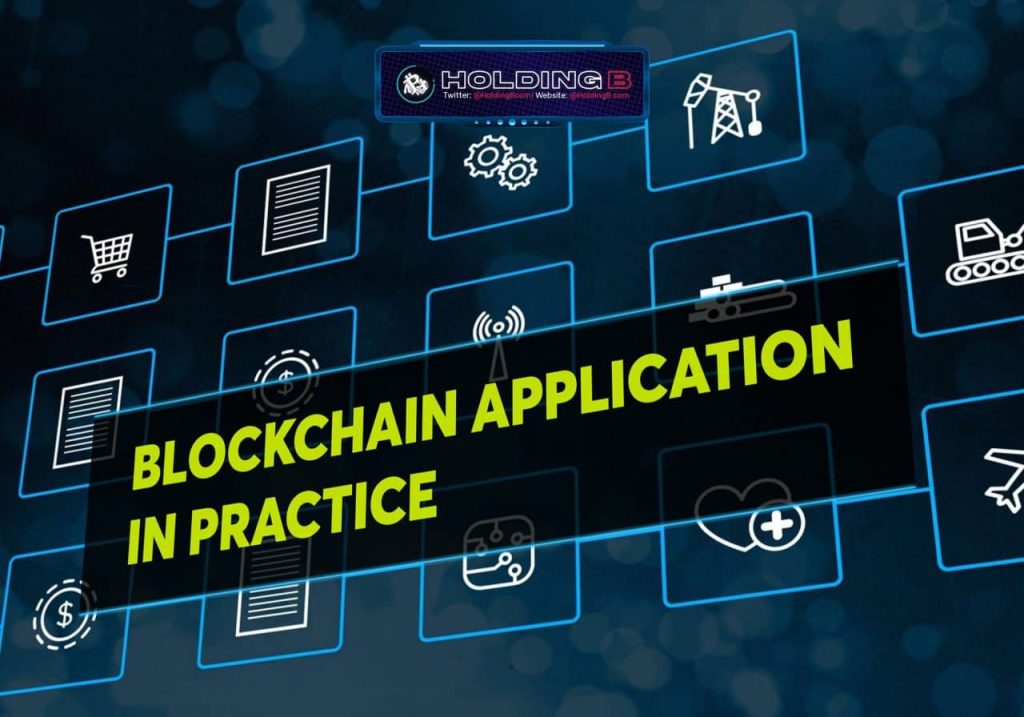
Application in Production
When Blockchain is applied to production, Blockchain will replace smart devices to provide effective management rights, including tracking the product creation process, managing transaction information, product quality, shipping, and delivering it to end-users… to dramatically increase the productivity of the supply chain management processes.
For consumers, they can trace back the history of the product’s formation and transportation, to check whether the product is genuine or not, thereby avoiding counterfeit products and fake goods on the market.
Application in E-commerce
The biggest problems in the field of e-commerce are security, supply chain management, and the process of transporting goods to consumers, creating many barriers between consumers and manufacturers.
However, Blockchain has helped solve that problem with smart contracts, creating conditions for parties to sign easily, saving costs by eliminating intermediaries when linking with businesses. multinational industry.
Application in Health
Health is a fairly sensitive field to data, as the data always fluctuates in a tightly controlled range.
When applying Blockchain in healthcare, all authorized parties can access the same and verified information in seconds.
Patients have control of their data at all times and can grant access to others on request, reducing the risk of abuse and theft.
Application in Education
Blockchain application in education helps to store data about each individual’s transcript, training process, teaching experience & history, thereby avoiding fraud when applying for scholarships and promotions. , or make false statements about education or work experience.
In addition, with the nature of smart contracts, Blockchain also allows automatic enforcement of the terms of the training regulations and handling of violations, etc.
From June 30, 2021, the Ministry of Education and Training officially operated the Certificate Information Lookup System on Blockchain handed over by TomoChain. This is considered a milestone marking the state’s recognition of Blockchain technology in particular and cryptocurrencies in general.
Application in Agriculture
Currently, the issue of origin and quality is at the forefront of the agricultural sector. The application of Blockchain in agriculture with a distributed ledger system will help retailers and consumers store transaction information, the flow of products from the place of production to retailers, consumers, and end-users.
Besides, the data during production and sales are also stored and updated continuously in Blockchain such as quality management, financial management, price management, etc. This helps to increase transparency. transparency of products and create consumer trust
Application in Banking & Payment
As I mentioned at the beginning of the article, the biggest disadvantage when transacting on a bank is the risk of data being threatened, transaction fees, and the existence of a third intermediary. Security and smart contracts of Blockchain will help bypass the 3rd intermediaries and limit security risks for customers.
People can access and transfer coins to each other anywhere in the world and with relatively fast speeds and low costs. This helps people in countries that do not have access to the banking system to transact and transfer money to each other.
Blockchain Technology Versions
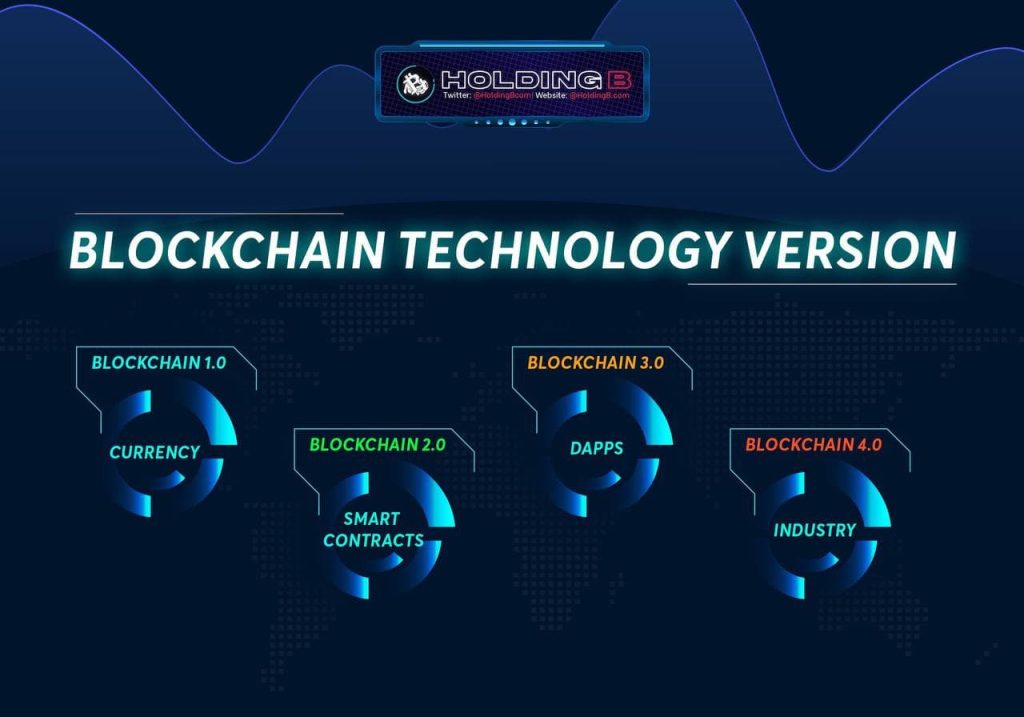
Blockchain Technology 1.0 – Currency
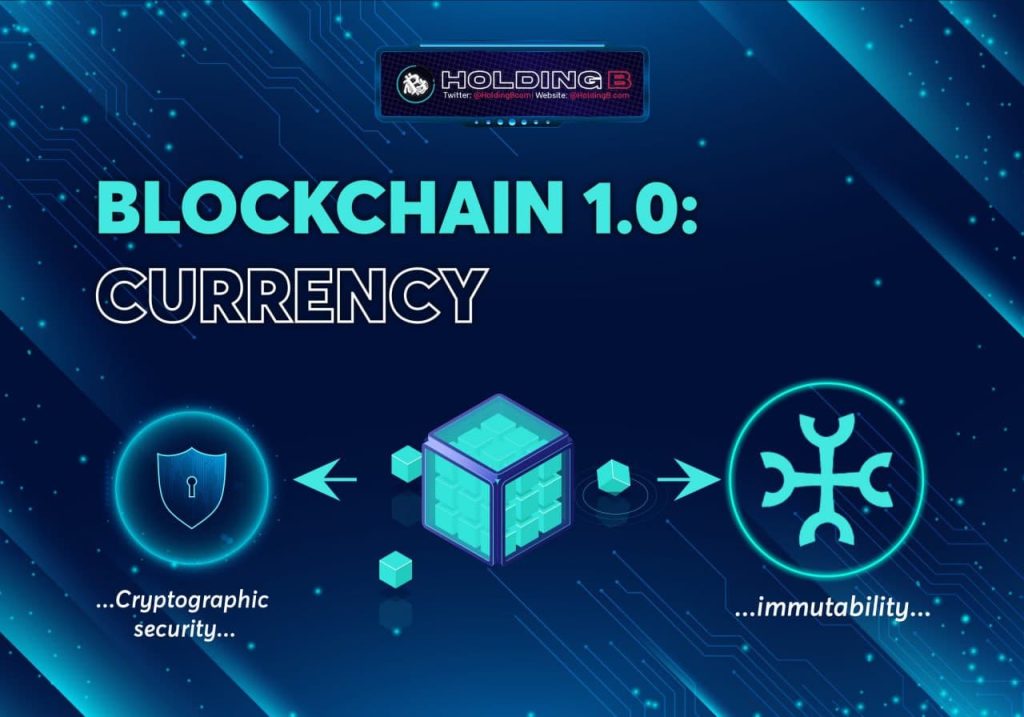
This is the first version of blockchain technology. Thanks to the application of decentralized Distributed Ledger Technology, transactions taking place on Blockchain are processed quickly and transparently.
A typical example for Blockchain version 1.0 is Bitcoin, the world’s first cryptocurrency and laid the foundation for the development of the Crypto market.
Blockchain Technology 2.0 – Smart Contracts
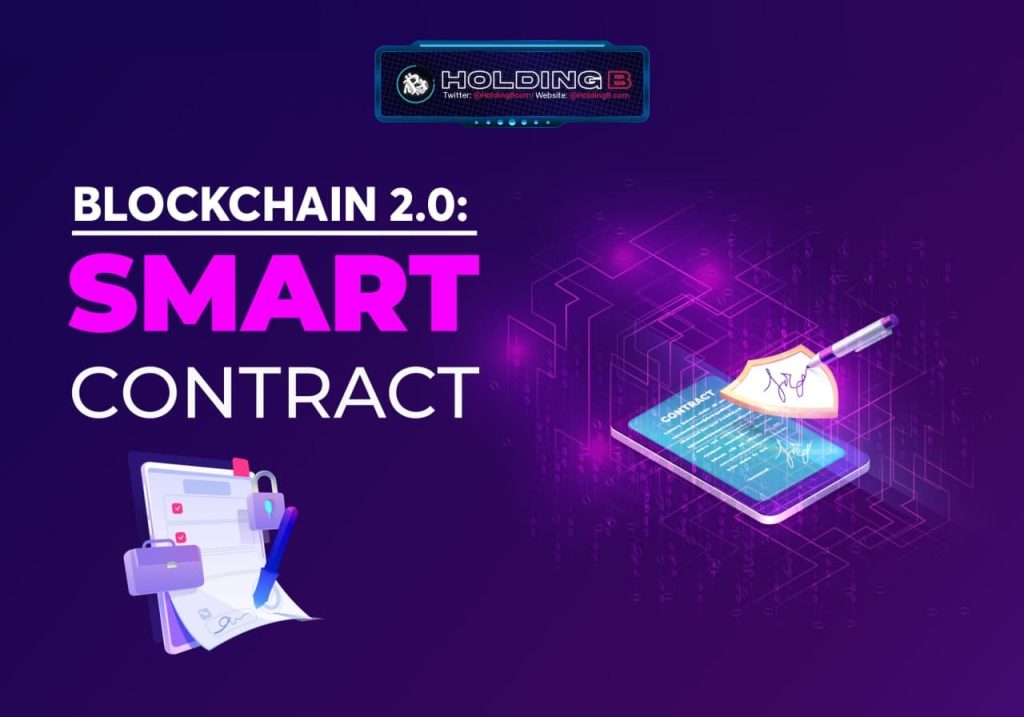
This is the 2nd version of blockchain technology. With a smart contract, transactions on the Blockchain will greatly reduce the costs of authentication, anti-fraud, and operation, and at the same time increase transparency. This version completely removes the emotional or ethical factors often encountered when working with people, a typical example is Ethereum
Blockchain technology 3.0 – Decentralized application

Decentralized applications (DApps) are software that is deployed independently, not on a single server, but distributed in a distributed manner on decentralized repositories, and can be written in any language.
Most of Dapp’s source code runs on peer-to-peer networks, which is the opposite of traditional applications and only runs on a single centralized system.
Blockchain technology 4.0 – Applying it in practice
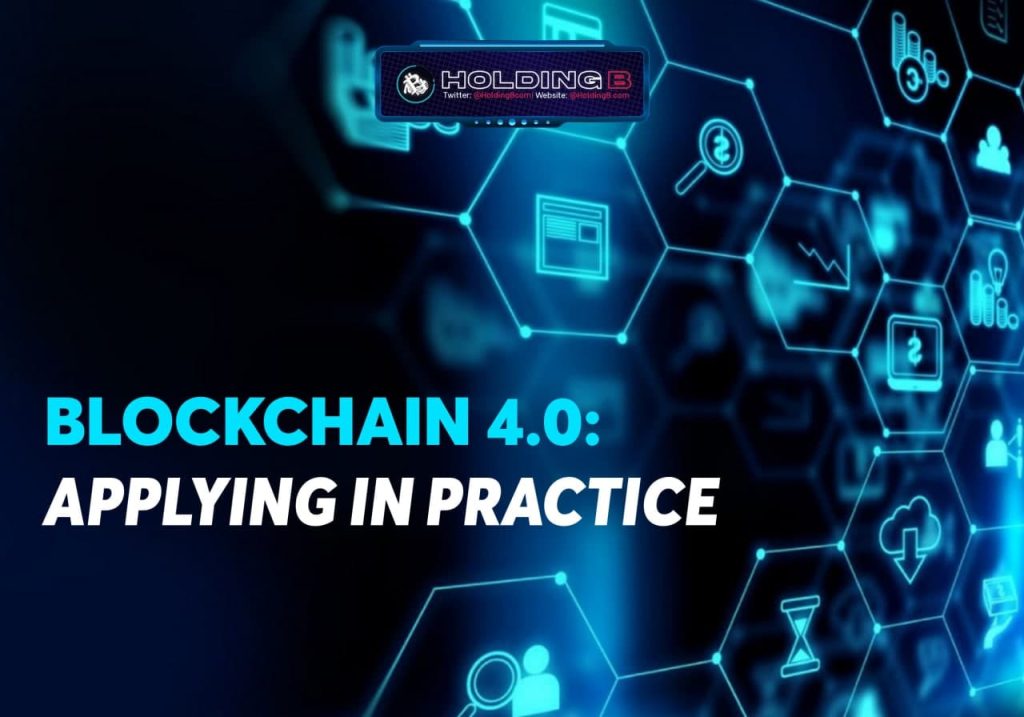
Blockchain technology 4.0 is the latest version of Blockchain today. This version will apply all the applications from sessions 1 to 3 to the actual production business process. I will talk in more detail about the applications of Blockchain 4.0 technology in life below.
Read more : What is a digital wallet for cryptocurrency ? What is Blockchain Wallet ?
See ya in the next article !
Don’t forget to follow us – Team Holdingb – companison in your investment journey !!!
- Telegram Channel: https://t.me/HoldingBcom
- Telegram Group: https://t.me/HoldingB
- Website: https://holdingb.com/
- Twitter: https://twitter.com/HoldingBcom

